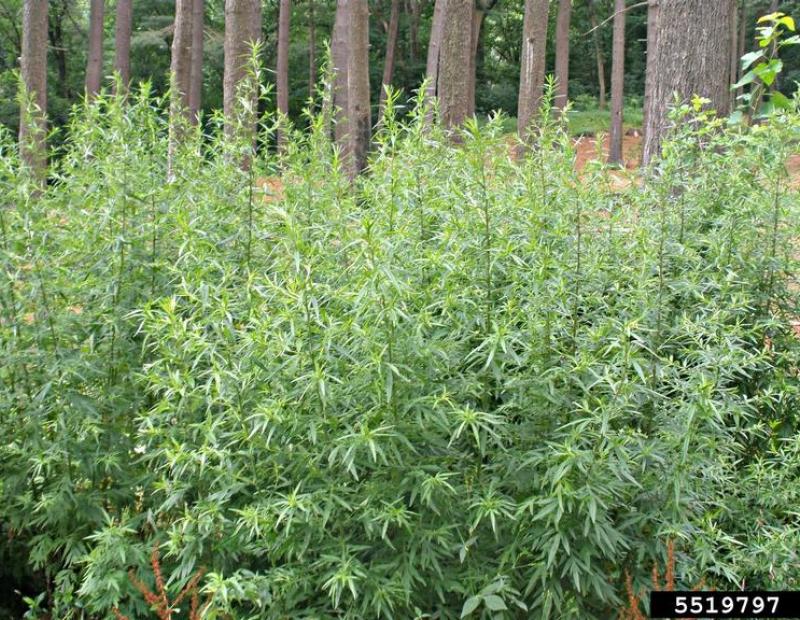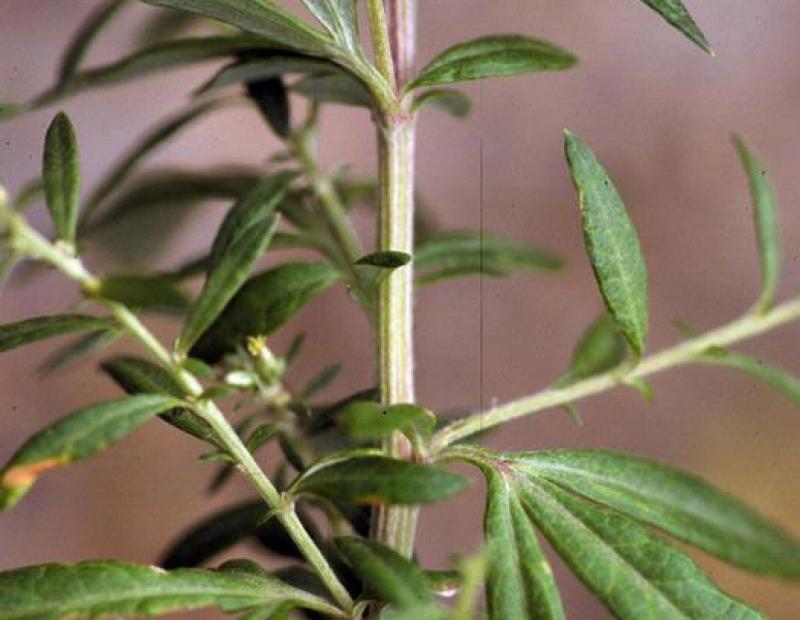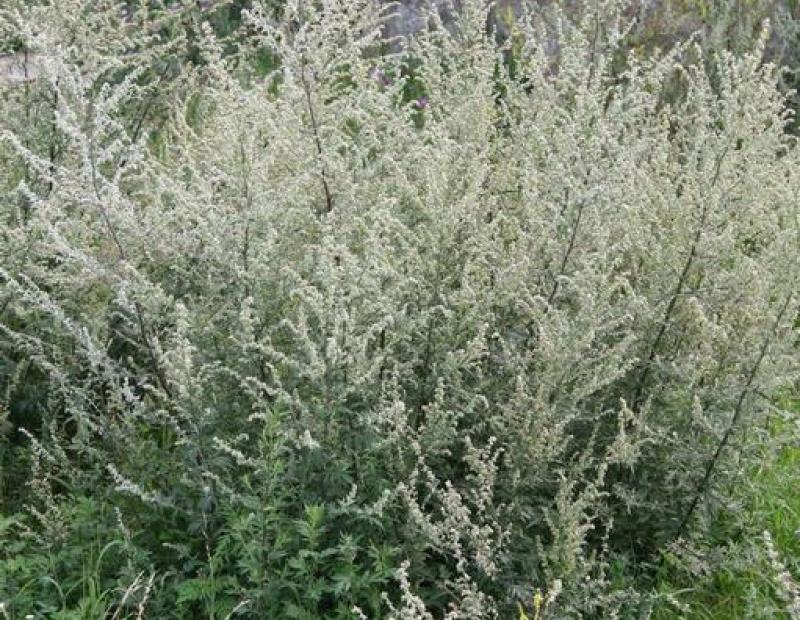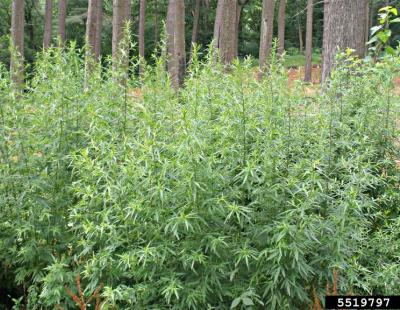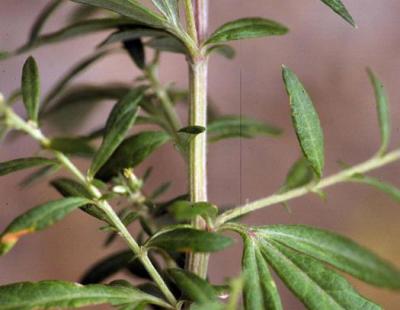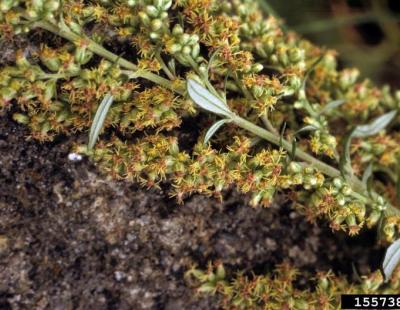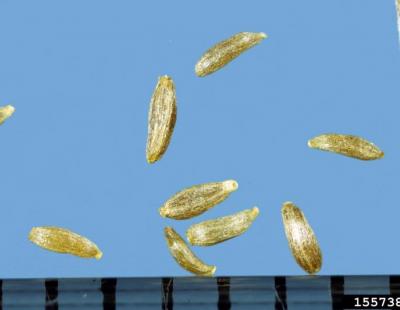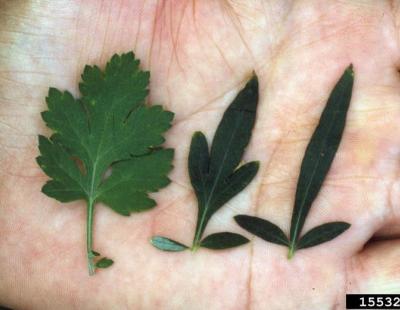- Terrestrial Plants
- Other Herbaceous
Mugwort spreads aggressively via an extensive rhizome system and can form large stands that displace native species. It is considered a problematic weed of nurseries, orchards, sports fields, forest edges, and roadsides. Mugwort is wind-pollinated and therefore produces a lot of pollen that can be distributed over long distances, causing severe symptoms in allergic humans. Mugwort is difficult to eradicate because its rootstock overwinters in the ground and it has a large seed bank.
Mugwort is native to beaches in Northeastern Asia and Alaska. The weed may have been introduced in the United States as early as the 16th century by Canadian Jesuit Missionaries. In the Lower Hudson valley, it is found in anthropogenic, disturbed habitats such as roadsides as well as in meadows and fields. Mugwort grows well in soil with high nitrogen content and in full sun. Mugwort is widespread in the Lower Hudson Valley and its sale, importation, transportation, and introduction is prohibited in New York State.
Mugwort is a perennial with an extensive rhizome system. Its shoots emerge during the spring and the plant flowers from July to late September. Each plant can produce up to 200,000 seeds, but the species mainly spreads by vegetative expansion.

